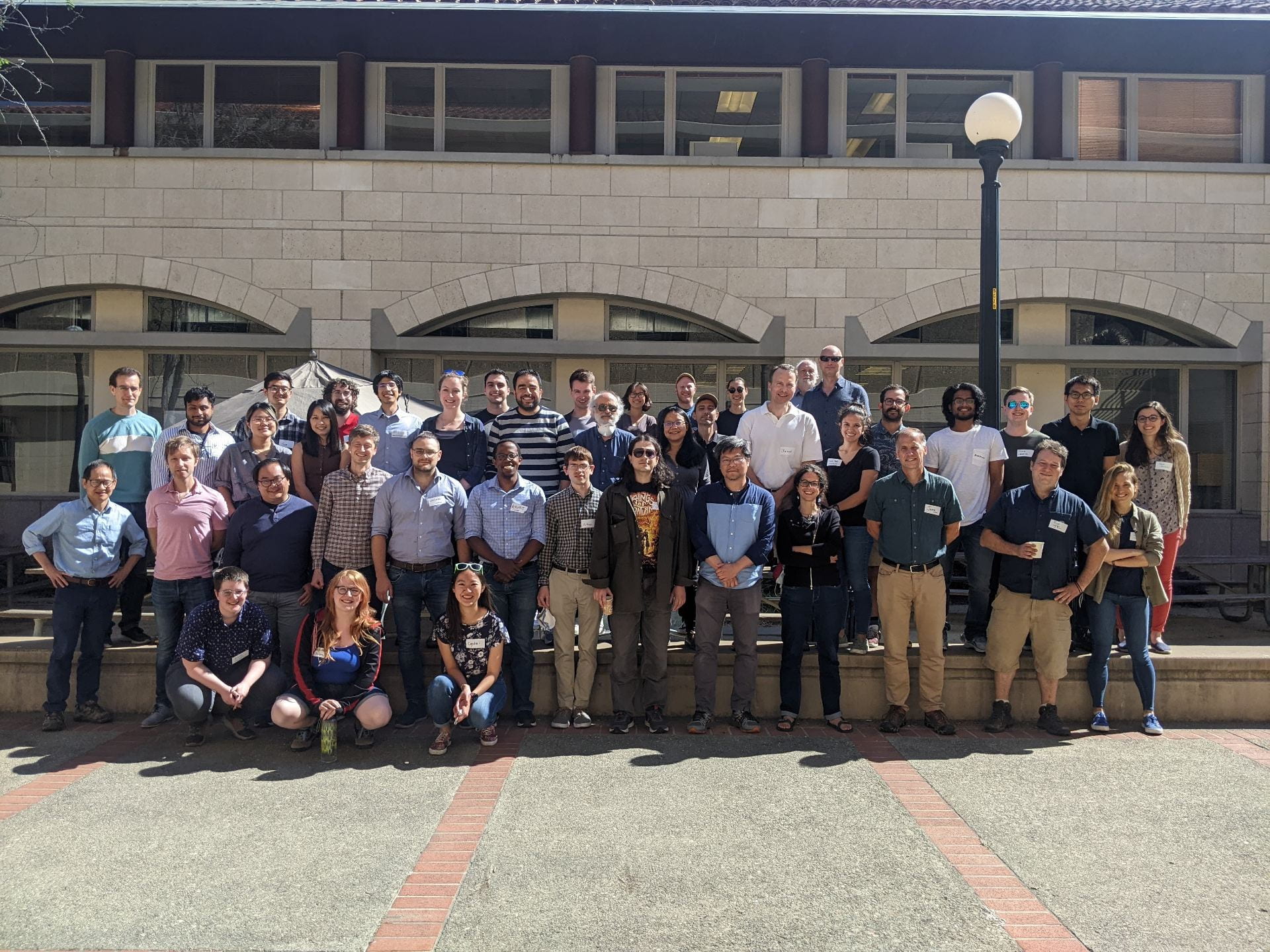
BIcep/keck collaboration

Primary collaborating institutions in the BICEP/Keck program are Harvard University, the University of Minnesota, the California Institute of Technology and Stanford University. More than a dozen other institutions in the US, Canada and Europe have also contributed to the BICEP/Keck series of experiments. The collaboration designs, builds and operates CMB polarization telescopes that have been located at the geographic South Pole for over 15 years. These receivers are specifically designed to target the faint signal of primordial B-modes from cosmological inflation. The CMB group at Harvard University plays a leading role in the optical design and fabrication of optical elements of the receivers, in integration and calibration activities, as well as in data analysis aspects of the project.
south pole observatory
The South Pole Observatory serves as the umbrella organization for the “Stage 3” CMB experiments based at the South Pole into the next decade. The South Pole Telescope and BICEP/Keck projects have produced leading ground-based CMB measurements at arcminute and degree angular scales through their Stage 1 and Stage 2 efforts since 2006. Observing fields have been coordinated to allow optimum power of the combined datasets. For Stage 3, SPT-3G and BICEP3/BICEP Array are focused on conducting observations of an exceptionally low-foreground ~1500 square degree field and on carrying out joint analysis to enable unprecedented constraints on the tensor-to-scalar ratio r.

cmb-s4

The CMB-Stage 4 collaboration brings together scientists from around the globe to build the next-generation ground-based CMB experiment. The project is supported by the National Science Foundation (NSF) and the Department of Energy (DOE). It aims to deploy 12 telescopes at the South Pole and in the Atacama desert in Chile, two prime sites for CMB observations. In addition to inflation science, CMB-S4 science goals include dark matter and dark energy, mapping matter in the Universe and characterizing transient sources in the microwave sky. Our group plays a key role in the design and future integration of the small-aperture telescopes.